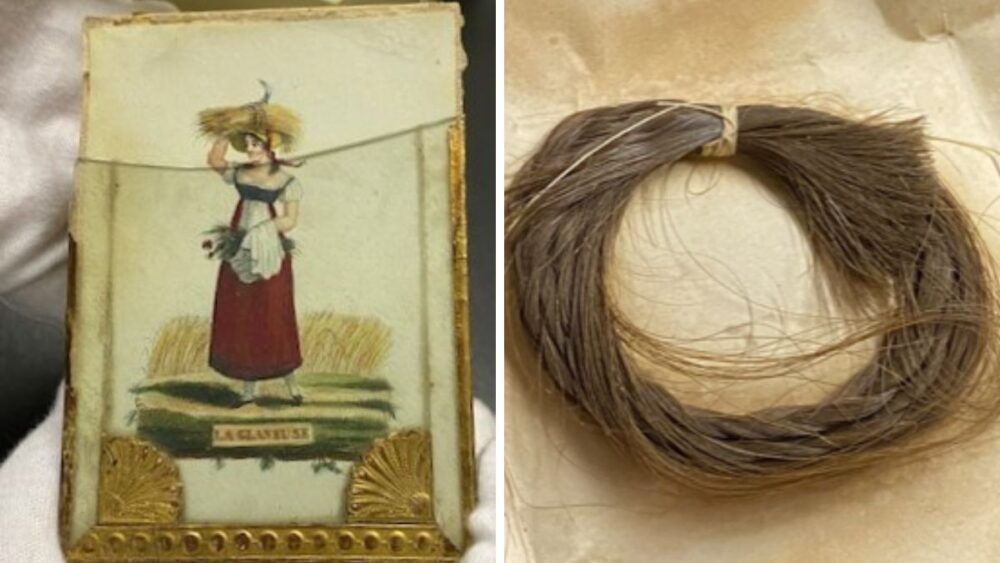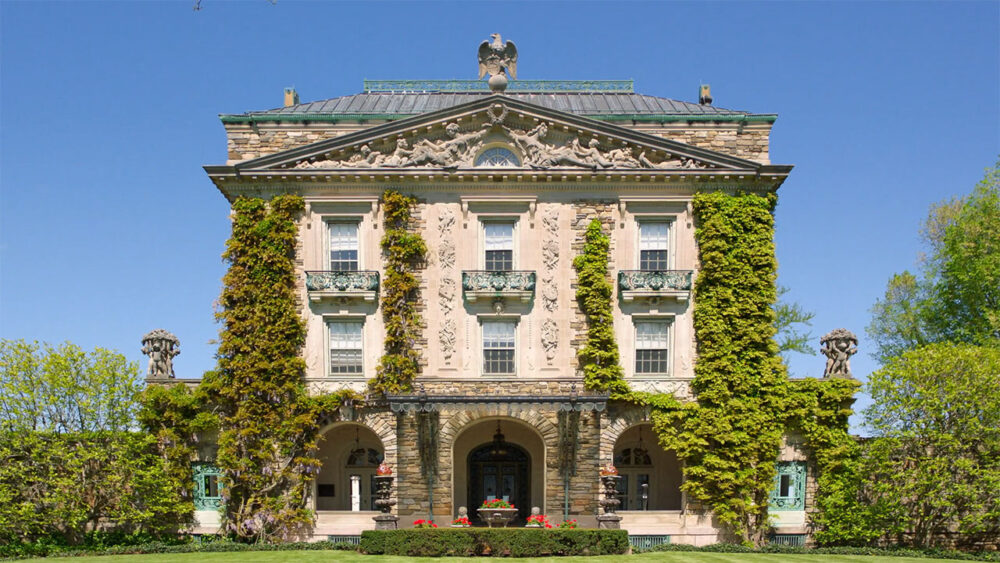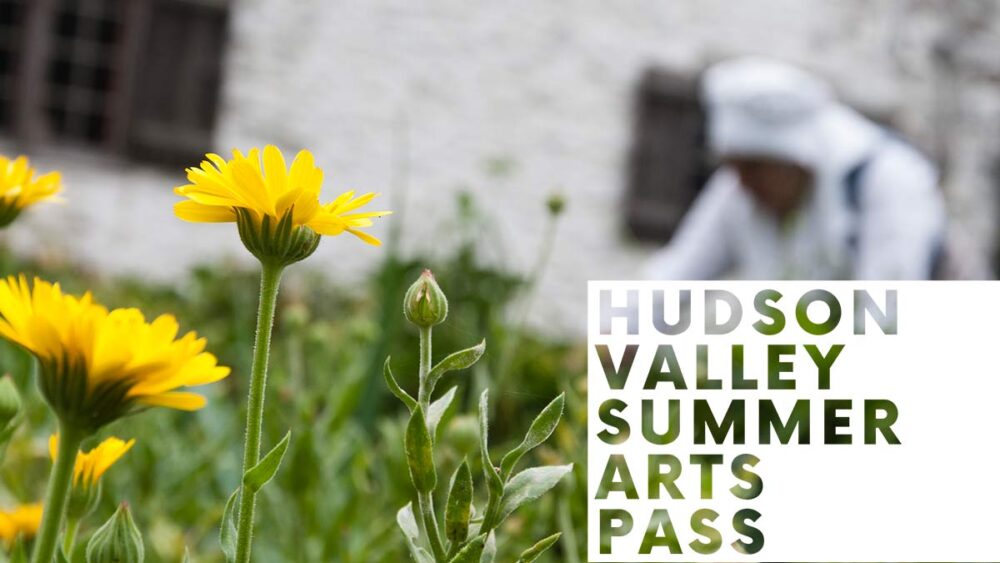Cool Beans for Warm Weather: Gardening at Philipsburg Manor
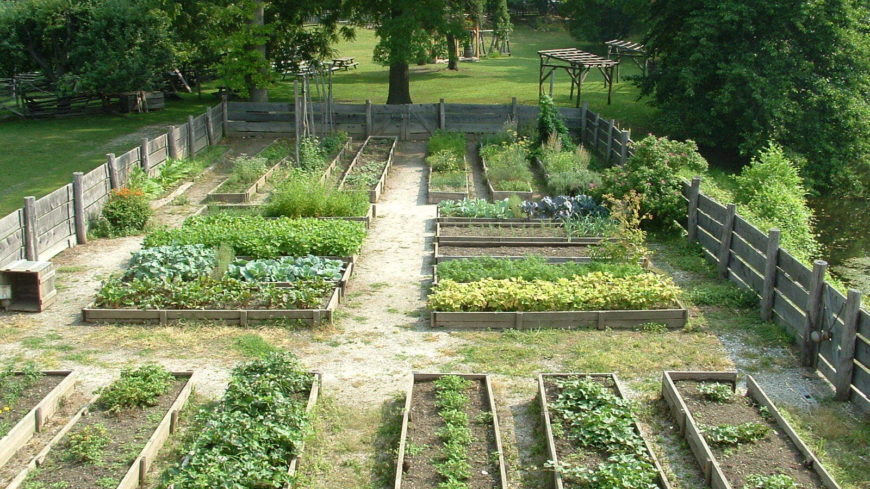
As the dreary weather of March and April gives way to sunnier days, many of us are turning towards our gardens. Whether tending plants for decoration or cultivating crops for summer harvest, this is a great time to think about bringing forth new life in our garden beds. As the weather begins to warm up, the gardening team at Historic Hudson Valley starts to plant and tend the gardens at our historic sites.
Philipsburg Manor, a colonial provisioning plantation, has three main garden plots, each with an important role in the site’s interpretation. The rye field, located toward the back of the property, is connected to the site’s history as a center of wheat production in the colonies. In the 1700s, enslaved workers and tenant farmers on this vast manor grew wheat that was ground into flour at the water-powered grist mill onsite. Visitors to the site today get a small glimpse of what a field of grain looks like by visiting the rye field today. The kitchen garden, located next to the manor house, features crops that likely grew onsite in 1750. The enslaved Africans who lived at Philipsburg would have had a garden to produce food for themselves. The foods they grew included foods from Africa, like okra, peanuts, and black eyed peas. We grow these foods today to remember the culinary contributions of Africans to the American culinary traditions. In addition to vegetables grown for food, herbs, like chamomile and lavender, were grown for medicinal purposes. Plants grown in this garden are harvested and used for hands-on activities in our school programs. Finally, the small orchard garden provides a place for school groups to practice tending a garden, using a hoe to dig rows, planting peas, and watering plants with a gourd dipper.
Because the gardens play an important role in telling the history of the site, a lot of research goes into which plants to grow. Mary Ann Witte, Historic Hudson Valley’s horticulturist for over 25 years, explains that the team uses a variety of sources to decide what plants will be included every season. She and the team use old almanacs and calendars, primary documents left by the people living during the time periods each site interprets. In addition, Mary Ann and her team have researched plants that were grown in New York State during the 1700s to choose plants for the gardens at Philipsburg Manor. In both the orchard plot and the kitchen garden, our team plants a variety of heirloom plants, including beans.
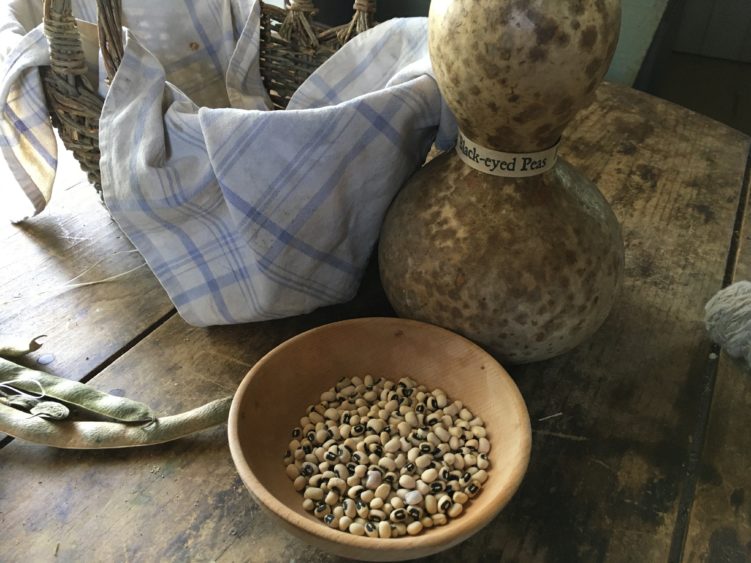
Beans are an easy vegetable to grow. They come in many varieties from snap beans to golden wax beans to red kidney beans. At Philipsburg Manor, we grow a variety of common and heirloom beans. One of the most distinctive plants in the garden is the Vermont cranberry bean, an heirloom plant dating back to New England in the 1700s. A popular pole bean grown on-site is the scarlet runner bean. The flowers bloom bright red which attracts hummingbirds. The young, dark green tender pods are usually eaten early. However, the pods can also be dried and then shelled, producing a bean that can be cooked like lima beans. Jacob’s Cattle or Trout bean is another heirloom bean grown at Philipsburg Manor, producing a dark red and white speckled bean.
The fava or broad bean is another type grown at Philipsburg. Mary Ann and her team plant these early, because this plant likes the cold weather. Most beans grown on-site like warm weather as opposed to colder temperatures, so cold-loving fava beans are an excellent choice for an early crop.
Bean plants grow in either bush or pole types. As the name suggests, pole beans require a pole, or a trellis, to support the vines. Vines trailing on the ground will not do well. At Philipsburg Manor, the most common support used by Mary Ann and her team is a tripod support. Using long locust branches or sometimes bamboo poles (a non-historic but good contemporary substitute for this purpose), the team forms the branches into a tripod structure that resembles a narrow teepee. As the vines grow, the staff train the vines to climb up the poles. For the home gardener, large branches from the yard can be used to support the vines in a similar way.
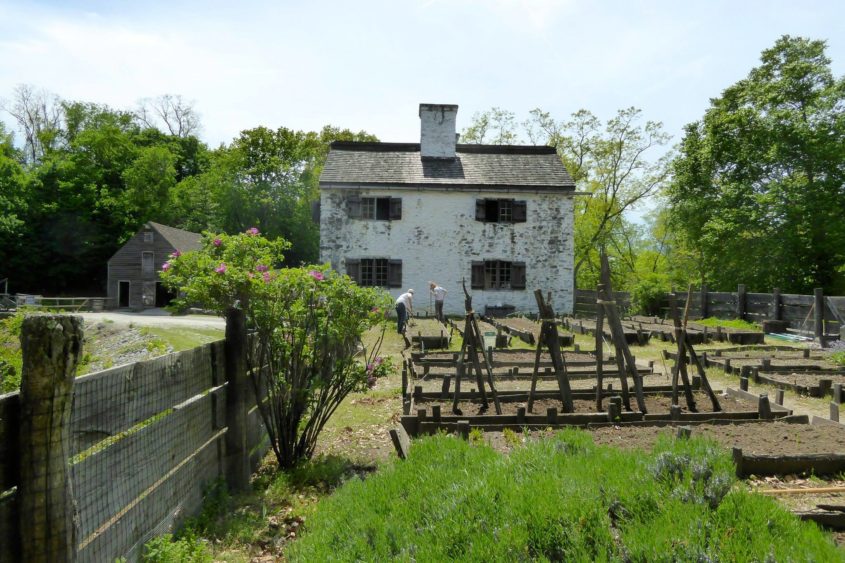
An older, historical method gardeners can use to support pole beans is called “the three sisters,” which refers to growing three crops together: beans, corn, and squash. This method is used to economize space as well as grow plants together that benefit one another. It was used by the indigenous people living in the Hudson Valley, and it is a great way to plan your own garden. To follow the three sisters method, first plant corn seeds. When the corn stalks are about five inches high, plant beans next to the corn. Finally, a week after sewing the beans, plant your squash seeds next to the other two plants. As the plants grow, the corn will serve as a support for the vines of the bean. The bean plant provides nitrogen for the soil to feed the other two plants. The squash plants cover the ground, limiting weed growth.
Beans can be planted either in the ground or in a container. Bush beans would be best to grow in a large container. For the home gardener growing beans for the first time, Mary Ann advises, “Be sure to have the bean plants in full sun, and make sure they are watered, especially during very dry summer months.”
Mary Ann also recommends that you “critter-proof” your garden. If possible, have your garden fenced to protect from deer. If you have a porch or a deck that cannot be accessed by wildlife, growing your bean plants in pots is a good idea. Groundhogs love beans as much as deer do. A safe, environmentally friendly way to keep groundhogs away from your garden is to plant lavender. Humans love the smell of this herb, but groundhogs do not.
Harvested beans can be shelled and used fresh. At Philipsburg Manor, however, most of the beans (as well as other garden produce like black eyed peas and hot peppers) are strung up on string and dried, for use in the future. Preserving beans for the future, to be soaked and then simmered into a stew in fall and winter, when there was no fresh produce available, would have been an important task for colonial residents at Philipsburg Manor.
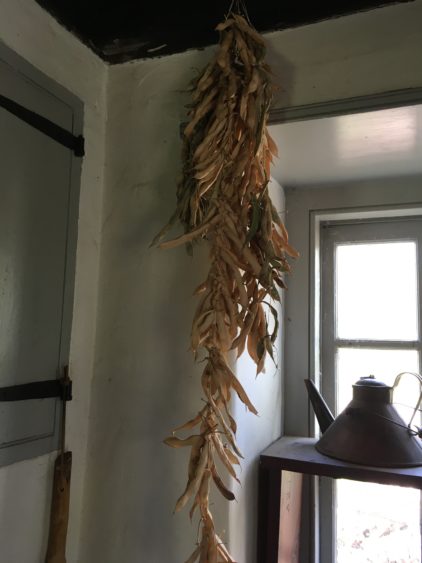
In a pot or in the ground, growing beans of any type is easy and fun, as a family activity or on your own. While it will be sometime before visitors are back at Philipsburg Manor, planting heirloom beans is one way you can bring a little bit of Historic Hudson Valley to your yard. Be sure to take pictures of your own bean plants, and share them with us online!










